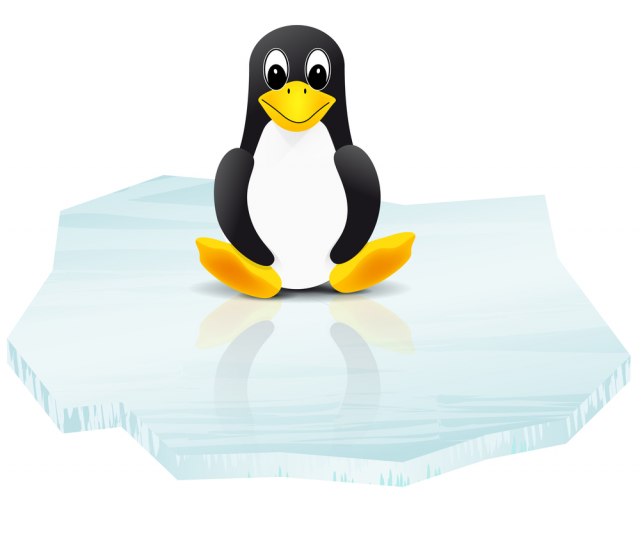
Twenty-four years ago, Linus Torvalds wrote a post on Usenet announcing he was "doing a (free) operating system". He was asking for feedback and suggestions for features, making it clear that the project was "just a hobby".
Jump to 2015 and Linux is driving real innovation in some of the world’s largest and most successful enterprises, including Google, Amazon and Facebook. It is one of only two operating systems (OS) still growing and, with Windows set to grow by just 1.9 percent, Linux is in a league of its own at 13.4 percent compound annual growth rate (CAGR).
So how did Linux go from "just a hobby" to the fastest growing operating system in the world? And, more importantly, where will it go from here?
Scratching the Itch
Looking back to the early days of Linux, Windows and UNIX systems were prevalent in most enterprises. But organizations were struggling. Many businesses had chosen to deploy these operating systems at a time when they suited their needs. Yet when it came to expanding, tweaking the system, or when the business had a special requirement, they were often out of luck. By nature, these systems are inflexible.
In addition, vendor lock-in was a serious issue. Enterprises were struggling with high cost of classic UNIX and Windows systems.
For a while, Linux mostly was scratching an itch. Initially just the itch of its creator Linus, but over time there were more and more itches to scratch. Linux became the solution businesses were looking for to break vendor lock-in and give them the flexibility they so greatly desired.
Since Linux is open source, businesses are given a view of what is going on "under the hood". Furthermore, Linux distributors aren’t so much selling a classic product, they’re providing a service, which is their number one -- and only -- priority. This combination gives enterprises real insight, more influence and allows them to take back control of their IT infrastructure.
It is for these reasons that Linux has become such a popular pillar of IT environments. And, as IDC noted in its 2015-2019 forecast on Worldwide Operating Systems and Subsytems, this is only continuing to grow.
Linux Prevails
Over the years, Linux has been on its own journey. It’s not just about being the more flexible or more cost effective replacement of UNIX any more. In its own right, also from a technology perspective, Linux has taken the lead.
Take supercomputing as one example. In this year’s TOP500 supercomputing list, amongst the leading top supercomputers were Titan, number one in the US and worldwide number two, Piz Daint, number one in Europe and six worldwide and Shaheen II, number one in the Middle East and number seven worldwide. Each of these runs Linux.
Then there’s Big Data -- two words now tightly linked to Linux. From Hadoop to MapReduce to SAP HANA, these have one thing in common. They all run on Linux. Not only that, technology leaders like Intel, SAP, Teradata and many more all support and recommend Linux as the primary platform for their Big Data solutions. There’s no question that Linux has become the OS of choice for Big Data.
What’s Next?
Big Data is only getting bigger. And with IDC forecasting that we will generate 40 zettabytes of data by 2020, enterprises have been looking for somewhere to store these vast amounts of data -- somewhere with more flexibility and redundancy, at an affordable cost.
And there is a paradigm shift happening in the areas of storage and networking. As Linux once replaced many alternatives in the server market, the same thing is now happening in the spaces under the umbrella of what we might call "Software Defined Everything".
Inflexible and costly proprietary solutions are being replaced by Software Defined Storage (SDS) and Software Defined Networking (SDN) -- approaches that are more agile, more cost effective, more innovative and ultimately more powerful. Linux has established itself in the OS world and now it and its new siblings like OpenStack and Ceph are spreading even further, rapidly becoming pillars of a Software Defined Everything world.
Happy Anniversary Linux!
Who would have thought that when Linus posted his message about his project back in 1991, he would be taking the first step in shaking up IT as we knew it?
Next time you use your Android phone, check something on Google or post a status on Facebook -- all three running on Linux -- remember to wish a "Happy 24th Anniversary" to Linux.
Dr Gerald Pfeifer, senior director of product management and operations at SUSE, looks back at 24 years of Linux and considers what the future may hold.
Published under license from ITProPortal.com, a Net Communities Ltd Publication. All rights reserved.
Image Credit: Jaroslav Machacek / Shutterstock

